Jade Plant
The Jade Plant, also known as Crassula ovata or Money Plant, is a popular succulent known for its vibrant green leaves and symbolic significance of prosperity and good luck. The Jade Plant has become a favourite among enthusiasts with its unique appearance and low-maintenance nature.
Origins and Characteristics:
The Jade Plant is native to South Africa and Mozambique. It is a member of the Crassulaceae family, characterized by its fleshy, oval-shaped leaves and thick, woody stems. With proper care, the Jade Plant can grow up to 3 feet tall and develop a tree-like appearance.
Light and Temperature Requirements:
Jade Plants thrive in bright, indirect light. They can tolerate direct sunlight, but excessive exposure can scorch their leaves. Place your Jade Plant near a window with filtered sunlight or provide artificial grow lights for indoor cultivation. Ideal temperature ranges for Jade Plants are between 65-75°F (18-24°C) during the day and slightly more incredible at night.
Soil and Watering:
Use well-draining soil specifically formulated for succulents or cacti. A mixture of potting soil, perlite, and coarse sand works well. Jade Plants have low to moderate water requirements. Allow the soil to dry out between waterings, then water thoroughly until it drains out of the bottom of the pot. Avoid overwatering, as it can lead to root rot.
Fertilization:
Fertilize your Jade Plant sparingly during the growing season, typically spring and summer. Use a balanced, water-soluble fertilizer diluted to half-strength. Apply the fertilizer once every two to four weeks to provide the nutrients for healthy growth. Avoid fertilizing during the dormant winter period.
Pruning and Propagation:
Jade Plants can be pruned to maintain a compact shape or to remove leggy growth. Pruning is best done in spring or early summer. The pruned cuttings can be propagated by allowing them to dry for a few days and then planting them in well-draining soil. New roots will develop, and a new plant will form.
Pests and Diseases:
Jade Plants are generally resistant to pests and diseases but can occasionally be affected by mealybugs or spider mites. Inspect your plant regularly and treat any infestations promptly with organic insecticidal soap or neem oil. Avoid overwatering, as it can contribute to fungal diseases.
Container Gardening:
Jade Plants are well-suited for container gardening and thrive indoors or on patios and balconies. Choose a container with drainage holes and use a well-draining soil mix. Ensure the pot is large enough to accommodate the plant’s growth. Repotting is usually required every two to three years.
Winter Care:
Jade Plants go through a period of dormancy during winter. Reduce watering and withhold fertilizer during this time. Provide adequate sunlight and maintain a slightly cooler temperature to facilitate dormancy. Resume regular care and watering in spring as new growth appears.
Symbolic Significance:
The Jade Plant is often associated with prosperity, good luck, and positive energy. It is believed to bring financial success and is commonly used in Feng Shui practices. Many people gift Jade Plants to symbolize good fortune and blessings.
The Jade Plant is a beautiful addition to any home or garden and a symbol of prosperity and luck. Its striking appearance and minimal care requirements make it an ideal plant for both beginner and experienced gardeners.
Things to know about Jade Plant
Common (vernacular) Name
एन्थूरियम (Hindi), Anthurium, Flamingo Lily, Flamingo Flower, Painter's Palette, Lace Leaf, Pigtail Plants, Tail Flower and many more.
Botanical Name
Anthurium Andraeanum
Origin
Mexico to Tropical America (Colombia, Ecuador).
Family
Araceae
Plant Type
Tropical plant
Plant Features
Ornamental / Evergreen / Exotic
Life Cycle
Perennial
Landscape Uses
Container Planting and Houseplants.
Species
Belolonchium, Calomystrium, Cardiolonchium, Chamaerepium, Cordatopunctatum, Dactylophyllium, Decurrentia, Digitinervium, Gymnopodium, Leptanthurium, Pachyneurium, Polyphyllium, Polyneurium, Porphyrochitonium, Schizoplacium, Semaeophyllium, Tetraspermium, Urospadix, Xialophyllium.
Varieties
It comes with thousand of different varieties in a diversity of leaf and flower colorations.
Size
Height : 1 to 1.5 feet tall and Width : 1 feet wide when mature.
Indoors or Outdoors
Outdoors : Anthurium can be used outdoors in shady plantings, avoid direct sun light.
Indoors : Excellent plant grow in bright light or indirect light. Best indoor plants for beginners.
Blooming / Flowering
Blooming period is throughout the year.
Flower Colour
It’s come with a contrasting spadix Gold, Yellow, Orange, Pink, White, Green, Purple, Red, Burgundy, Multicolored and Variegated colours.
Lucky Plant
According to Feng Shui, It bring Good Luck in your relationships.
Lighting / Sun Exposure
Bright Indirect Sunlight.
Temperature
Grow best preferably warm temperature above 21°C and can be tolerate max temp. as high as 32°C.
Growth Rate
Anthurium is a slow to moderate growers plant.
Watering
Moderate watering, Mist or over head sprinkler to provide water and to improve relative humidity. Not tolerate overwatering it may cause root damage and yellowing of the leaves.
Fertilizer
Slow-release fertilizer, or a water-soluble liquid fertilizer once or twice in the growing season (Spring through Summer).
i.e. - Cow dung, DAP, Compost, NPK 30-10-10 fertilizer, liquid organic fertilizer etc.
Pruning
Pruning of Anthurium not much is needed. However, trimming away only discolored or dead leaves.
Propagation
Seeds : The best time to sow your Anthurium seeds is in the end of Winter / early Spring but it can't can give good result.
Stem Cuttings : The easier methods of propagation of Anthurium in water or in soil via stem cuttings, and can be done during the warm growing season.
Division : Division of Anthurium can be done in Rainy season, or better in February to March.
Dormancy Period
Month : November to February (winter season)
Shed their leaves and show poor growth, Watering minimally.
Avoid : Propagate, Fertilize and Repotting.
Container
Ceramic Pot, Plastic Pot, Terracotta or Clay Pot is preferred, which ensures good drainage as well as water holding capacity.
Soil Type
A well-drained Loam / Coarse potting soil is recommended as well as water holding capacity. Prevent soggy potting medium.
Our recommendation for potting mix : Equal part mixture of Garden Soil (25%) + Compost (25%) + River Sand (25%) + Cocopeat (25%). You can substitute pieces of Charcoal, Vermicompost, Perlite etc.
Soil pH
Lightly Acidic soil - Ideally 5.5 to 6.5 pH (potential of hydrogen) is recommended for Anthurium.
Repotting
It is advisable to repot the Anthurium every year or two preferably spring to midsummer season.
Maintenance
Low maintenance and easy to grow.
Properties
Toxic or Poisonous to both humans and pets upon ingestion.
Benefits
Excellent indoor air purifier, Anthurium plants turns CO2 into oxygen. It purifies indoor air by removing harmful chemicals like ammonia, toluene, xylene and formaldehyde.
Special Features
Doesn't attract hummingbirds and pollinators like butterflies and bees or wasps.
Infestation / Pests
Aphids, Scale insects, Thrips, Mealy bugs, Spider mites and caterpillars etc.
Diseases / Problem
Physiological Problem : Anthracnose, Leaf Spot and Powdery Mildew.
Bacterial Problem : Bacterial Blight, Bacterial Wilt and Black Nose Disease.
Fungal Problems : Root Rot and Water Mold.
Some Glimpse of Jade Plant
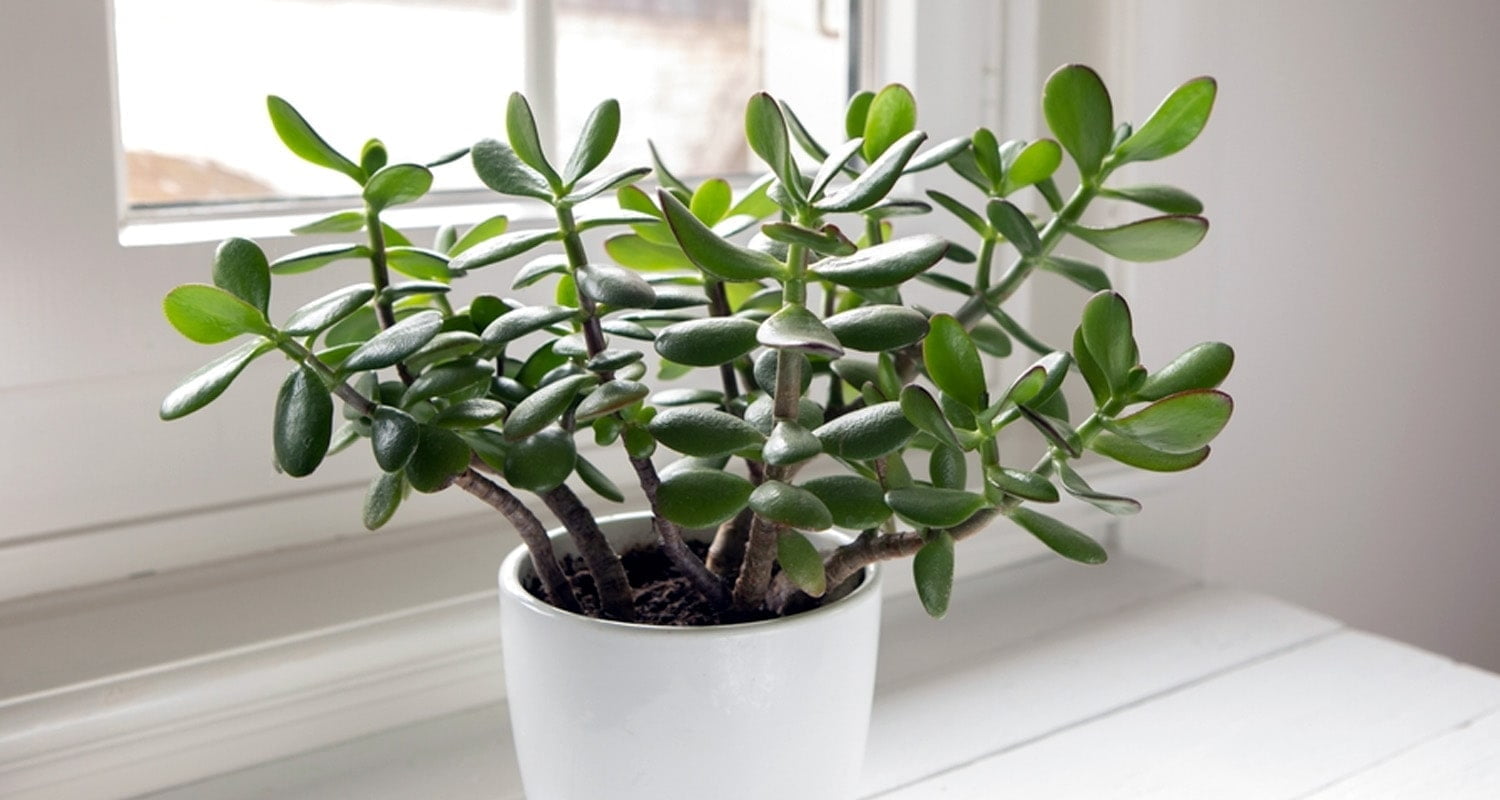
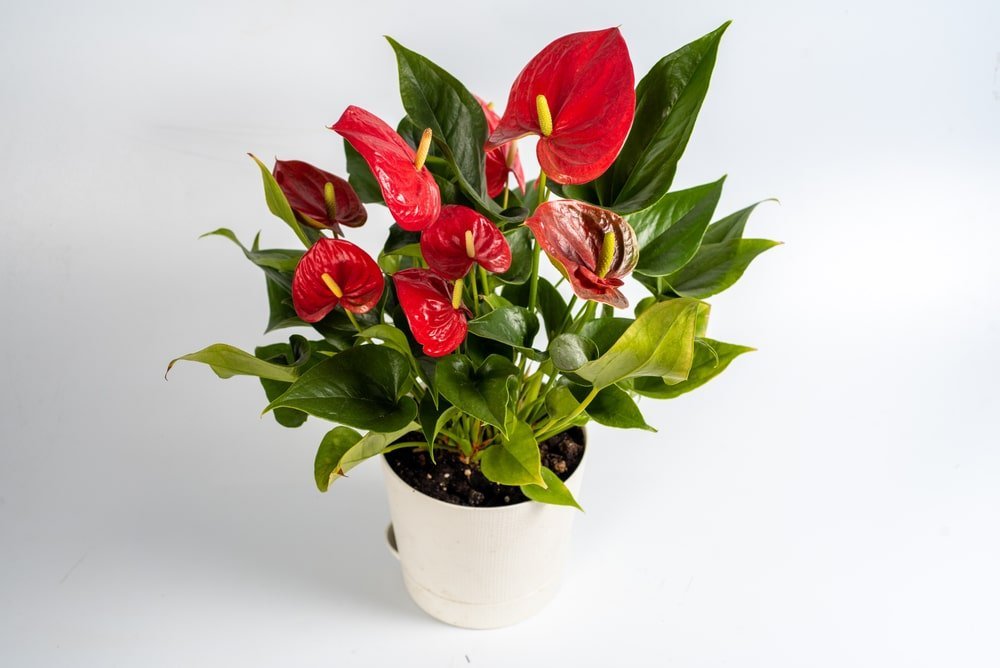
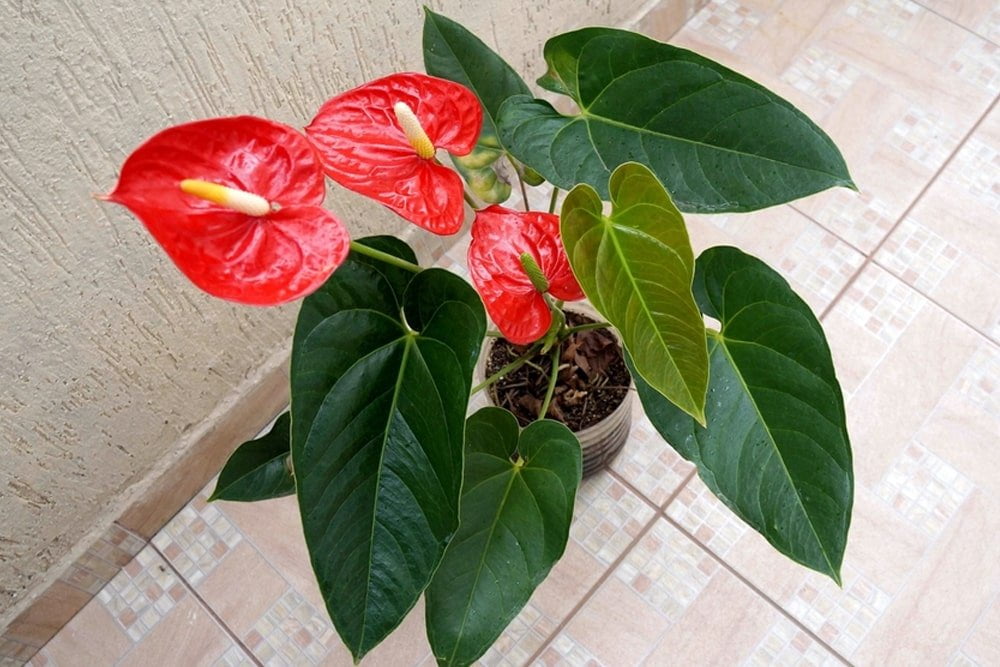


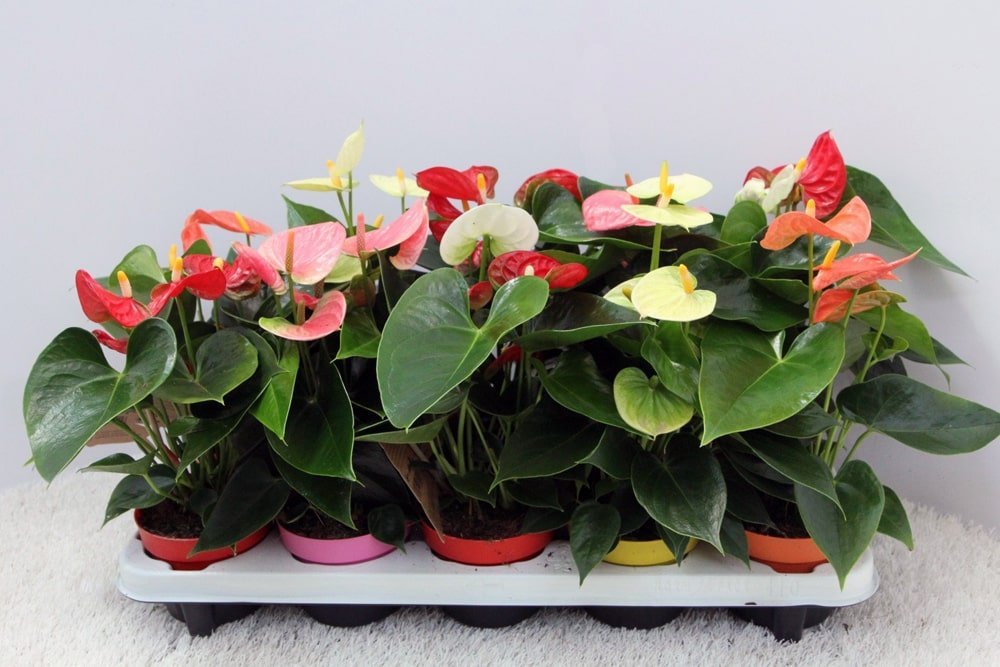



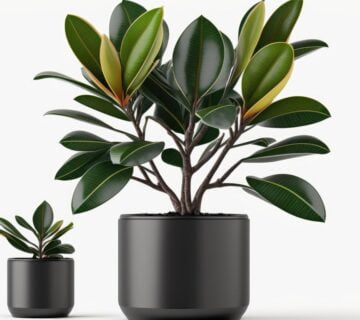
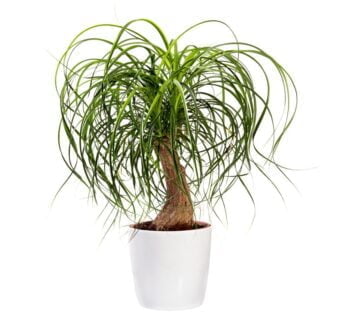
No comment